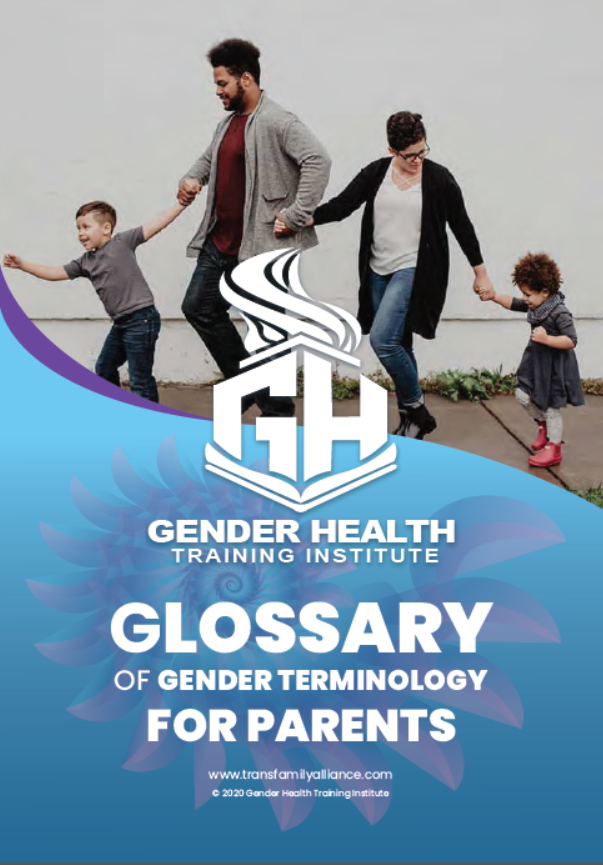
FREE DOWNLOAD
Glossary of Gender Terminology
HOW TO USE THIS BOOKLET
The power of language to shape our perceptions of other people is immeasurable and cannot be understated. Awareness of the language of a community, especially with respect to gender and sexual identity, can have a significant impact on uncovering the many misperceptions and myths associated with these concepts.
On an individual level, the lack of language to describe oneself renders a person invisible and can create immense psychological harm. When you use terms that do not reflect or pathologize people in the community, it increases this painful experience even more. This is true even when you aren’t directly referencing the person you are speaking with. This is why it is so important to use your child’s affirmed name and pronouns. By doing so, you show that you “see” your child. To not do so is to render them invisible and potentially create an existential crisis.
It is important to note that, the language surrounding both gender and sexual identities is constantly evolving. The beauty in this is that the more terminology we have to describe ourselves, the more visible we become. The downside in this ever-evolving landscape of language is how easily our knowledge becomes outdated. In some cases, what is considered appropriate to one cohort may be derogatory to another. Another difficulty is the lack of universal agreement about the definitions of many terms.
In this booklet are some of the more common working definitions and examples of frequently used (and misused) gender related terms that parents should know. These terms and concepts are broken out into sections and alphabetically organized within each section. We will be updating this as we find new terms but know this is not an exhaustive list. It is a starting point for talking with and understanding your child. Always make sure you check with them so you know what they consider most affirming.